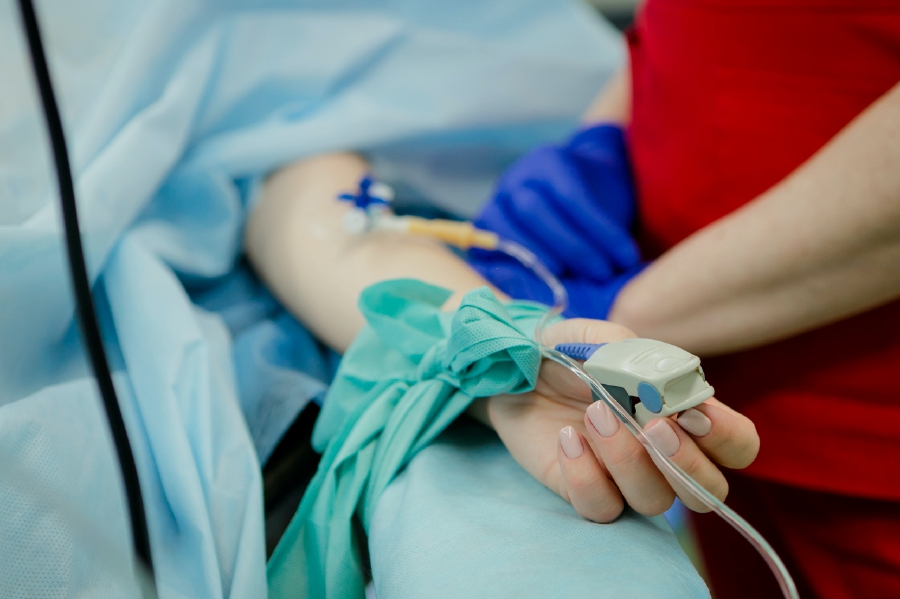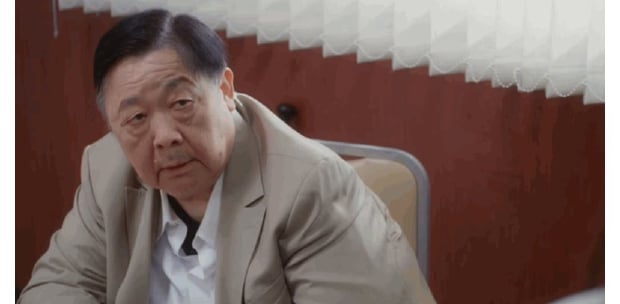LETTERS: A stroke patient must get treatment within 4.5 hours of the onset of symptoms.
Several centres provide stroke-related services, including Hospital Pengajar Universiti Putra Malaysia in Serdang, Selangor.
This hospital has a Regional Emergency Stroke Quick Response Unit, which provides advanced and effective acute stroke care, particularly thrombolysis and mechanical thrombectomy. Thrombolysis is a special treatment to dissolve a blood clot. A drug is administered within 4.5 hours of the onset of stroke symptoms. This is called a "window period".
However, in special circumstances, the attending neurologist may decide to give the thrombolysis medicine up to six hours after the onset of symptoms.
The drug is administered through a visible vein on a patient's arm. The drug circulates in the bloodstream and dissolves the clot.
The drug is potent and a patient needs to be monitored in a special care unit.
Mechanical thrombectomy, a minimally invasive procedure done by an interventional radiologist, is a relatively new treatment where the doctor inserts a specialised small tube into the main blood vessel of a patient's groin.
Another smaller tubular specialised instrument is threaded up to the arteries of the brain to reach the blood clot.
Using a stent-like equipment, the blood clot is mechanically removed from the arteries of the brain. This procedure is performed under x-ray-guided imaging by an angiography machine.
The patient is conscious during the procedure. Similar to thrombolysis, early mechanical thrombectomy treatment will increase the chances of better outcomes. These devices are used when the blood clot that causes stroke is located in the main artery of the brain, within a "window" of 24 hours from the onset of stroke.
Even after the thrombolysis window period for stroke is over (after 4.5 hours), a mechanical thrombectomy procedure is still indicated. However, the main aim is to prevent the penumbra area (an area that is vulnerable to becoming dead tissue if not treated) from becoming infarcted.
The infarcted areas will remain damaged despite the mechanical thrombectomy extracting the responsible clot.
Mechanical thrombectomy is contraindicated if the stroke is too big (100g) or if there is bleeding in the brain. The stroke treatment works best when the stroke is recognised, diagnosed and treated within 4.5 hours after the first symptoms. This time span is very short, especially if the patient's location is far from a hospital.
Stroke patients may not be eligible for these treatments if they do not arrive at the hospital in time.
The take-home message is, if you have symptoms of a stroke, do not wait. Go to the hospital fast. The best is to go to the nearest stroke hospital.
Do not drive to the hospital on your own. Find someone to drive you to the hospital or call for an ambulance.
DR EZAMIN ABDUL RAHIM
Interventional radiologist and associate Professor, Hospital Pengajar Universiti Putra Malaysia; treasurer, Malaysian Neuro Interventional Society
The views expressed in this article are the author's own and do not necessarily reflect those of the New Straits Times





